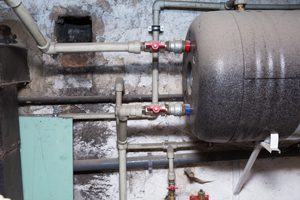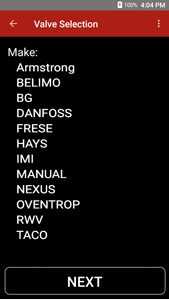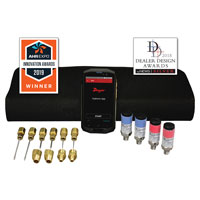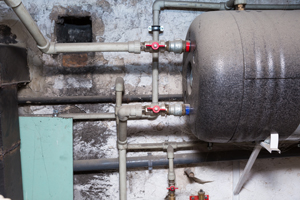 I often get asked, how should one simplify the hydronic balancing process? Since system blueprints will specify exactly where to set the balancing valves on the hydronic system to achieve proportional flow, it may seem simple enough for an installing contractor to determine the pressure drop through each circuit; however, hydronic systems are rarely installed exactly as designed.
I often get asked, how should one simplify the hydronic balancing process? Since system blueprints will specify exactly where to set the balancing valves on the hydronic system to achieve proportional flow, it may seem simple enough for an installing contractor to determine the pressure drop through each circuit; however, hydronic systems are rarely installed exactly as designed.
Design calculations are based on the “ideal world” where the pipe lengths, number of elbows and other specifications match the design. In reality, this isn’t normally the case; often, technicians need to troubleshoot the system before balancing can even start.
Consider following a recipe, while cooking, exactly as written, but tasting the completed dish to find that it needs some extra seasoning. Sampling and adjusting the dish guarantees a better result than serving it as-is. Similarly, there is truly no way to guarantee a proportionately balanced system without manually measuring the flow and pressure, and adjusting the valves.
Understanding the relationship between flow and pressure is the first step toward understanding how to balance a hydronic system. This is often expressed as a complex mathematical formula, but you don’t need to be a mathematician to balance. The HVAC industry has made tools for the purpose of system balancing. For example, a slide wheel can be used to determine the correct settings for balancing valves. Unfortunately, this process still involves multiple steps to set the wheel.

Balancing can be simplified by choosing the valve type in the Dwyer Hydronic Application Software. The app contains valve charts for numerous manufacturers and will automatically convert differential pressure into flow based on the valves selected. Therefore, using the Hydronic App completely eliminates the need for time-consuming calculations or slide wheels. It also allows you to share logged data directly from your phone or handheld over Wi-Fi, GSM, or CDMA networks.

The Dwyer Hydronic Application Software is included with the Wireless Hydronic Balancing Kit, Series 490W. The handheld utilizes mobile technology to communicate via a Bluetooth connection with the transducers, to monitor differential pressure and flow on up to three different valves. The handheld features a rugged, weatherproof housing and the kit’s wireless capability means there are no hoses to carry, snag on equipment, or drain. By using wireless transducers and a versatile handheld, a single operator can monitor and balance a hydronic system in less time than traditional hydronic balancers.
The Dwyer Hydronic Application Software can also be downloaded in the Google Play™ store.

